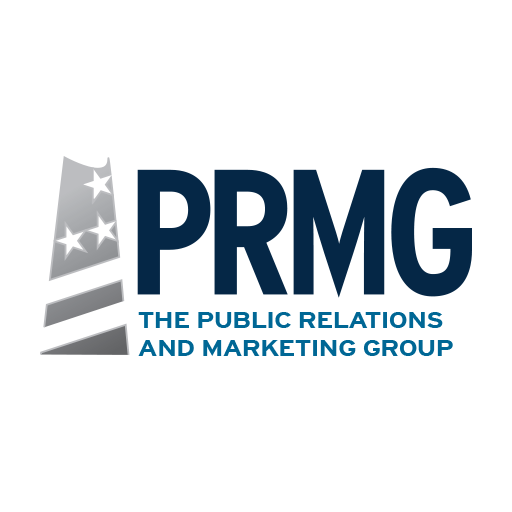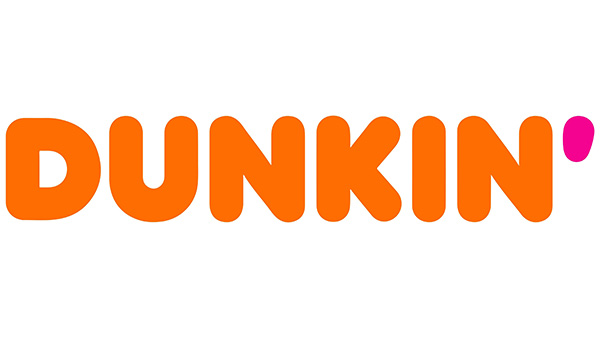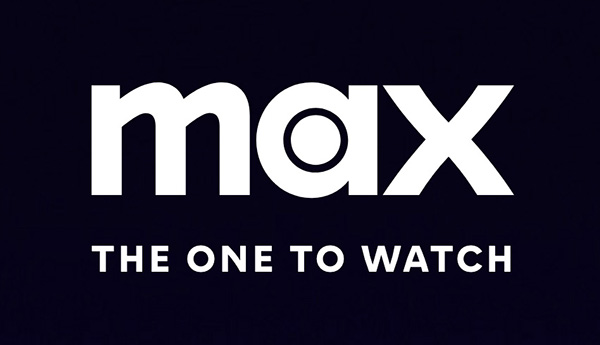In today’s digital world, search engines such as Google, Bing and Yahoo! have become powerful tools that play a large role in the success or failure of many companies. Ranking high in search engine results can help a business gain market share and strengthen their brand. When a business appears on the first page of search results for key terms, whether the consumer is actively searching for the business or not, it can directly result in leads and sales. The consumer will start to identify with the brand and build perceptions of the company just by seeing them at the top of the page. Having low results in search engine queries can hurt your business as much as good results can help. No matter the circumstances, all businesses should be on the first page for a certain term, such as their company or CEO’s name.
Search Engine Optimization (SEO) is the process of improving a website so that it appears higher in search engine results. Improving such results can be a lengthy process that requires much effort. In order to improve results, one needs to pay close attention to key performance indicators associated with SEO. Tools such as Google Analytics allow developers of a website to track metrics vital to a website’s SEO success. However, none of these statistics will help if one does not truly understand them. Below are nine metrics and terms that one needs to know in order to improve their SEO:
- Keywords — Any words that are typed into a search engine query are considered keywords. Complex algorithms of how they intertwine with a website determines the results of a search. Choosing the appropriate keywords that best represent and position your company is the foundation of SEO. Keep in mind that one should focus on only two or three keywords and it’s often helpful to include a geographic indicator to help narrow the results (ex: “Smithtown car repair” instead of “car repair”).
- SEO/Keyword Rankings — The first step one should take when looking to improve a website’s SEO is to see where it currently stands. There are many programs that allow someone to see where a website ranks on various search engines using different keywords. For example, a pizzeria in Manhattan may want to track where they rank for the keywords “pizza in NYC” and “New York pizza.” Both your position and results page will be given. Obviously, you want your position to be as high as possible, but it is also very important that a website appears on the first page or screen since most users will rarely go past the second page for results.
- Impressions — Simply put, an impression is when a link appears in a search result to a user, regardless of whether or not they click on it. This is useful as a way to gauge the size of the audience one has targeted themselves for.
- Bounce Rate — The rate at which visitors to a website leave after only viewing one page on the site is called the bounce rate. Bounce rates can be used in conjunction with clicks. Regardless of the amount of clicks a website receives, if the bounce rate is high, the site may be not be effective. It’s very likely that the user left because they could not find what they were looking for, realized the website is not relevant to them or felt the site/business was of poor quality. There is the chance that the user found what they were looking for on the first page, but a simple analysis of your leads should tell you if the users are in fact finding what they want.
- Unique Visitors — The difference between a visitor and a unique visitor is that the latter is only accounted for the first time they visit a site. This means that if one person views a website 10 times, they will only show up as only one unique visitor, compared to 10 website sessions or visits. This presents an accurate representation of how effective one is at driving new traffic to a site.
- Traffic Sources — When analyzing and tracking the performance of a website, one of the metrics that Google Analytics offers is a breakdown of traffic sources. This shows how visitors came to your website, which can highlight the strengths and weaknesses in your efforts:
- Organic Traffic – Refers to those who accessed a website via a search engine link.
- Direct Traffic – Refers to the viewers who entered the exact URL of a website into the address bar (ex: www.theprmg.com).
- Social Media Traffic – Refers to the visitors who reached a website from a link on social media pages.
- Paid Traffic – Refers to those who accessed a website from an online advertisement link.
- Email Traffic – Refers to visitors who came to a site through a link in an email advertisement.
- Conversions — Google Analytics allows web developers to set certain goals that they want to achieve with a website. Perhaps it’s getting a user to make a purchase, or maybe it’s getting someone to enter their email address in a form. Keeping track of conversion rates is a simple way to see if your overall mission is on track.
- Social Signals — Likes, comments, shares, tweets and retweets from social media sites can improve a website’s SEO ranking. Keeping tabs on these social signals by site allows one to see where their social media efforts are excelling or needs improvement for SEO purposes.
- Backlinks — An important factor in search engines’ ranking algorithms, backlinks are links to one website from another. This can include blogs and social media sites. The more sites that contain links for one’s website, the more it helps their SEO ranking.
While this article was intended to simplify SEO analytics, the actual process of improving SEO is still a very technical and difficult process that often requires the help of professionals. If you are interested in improving your company’s SEO efforts, please contact The Public Relations and Marketing Group at 1-855-PRMG-123, or email info@theprmg.com.



